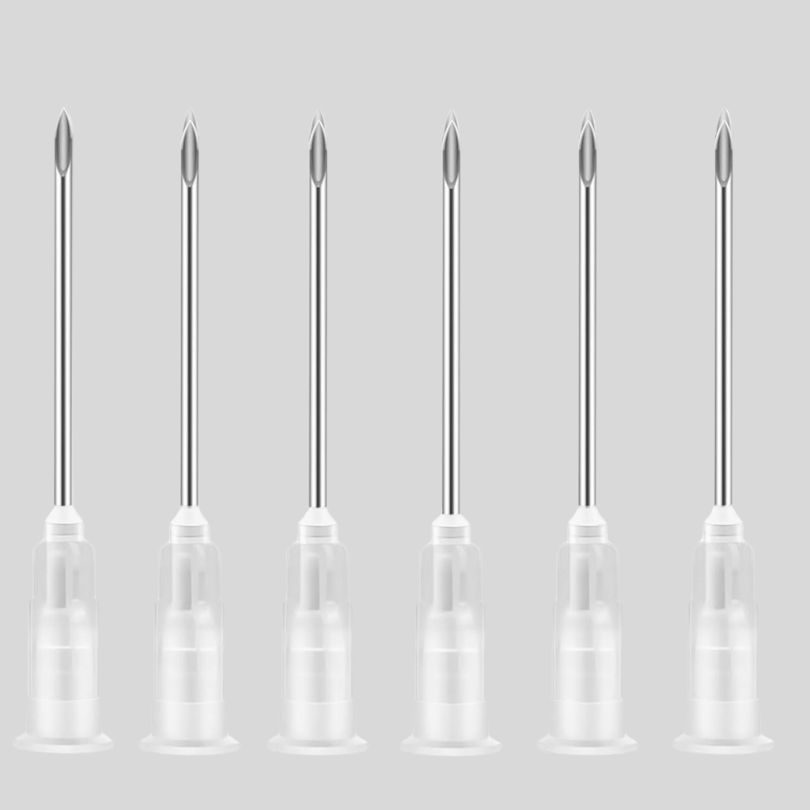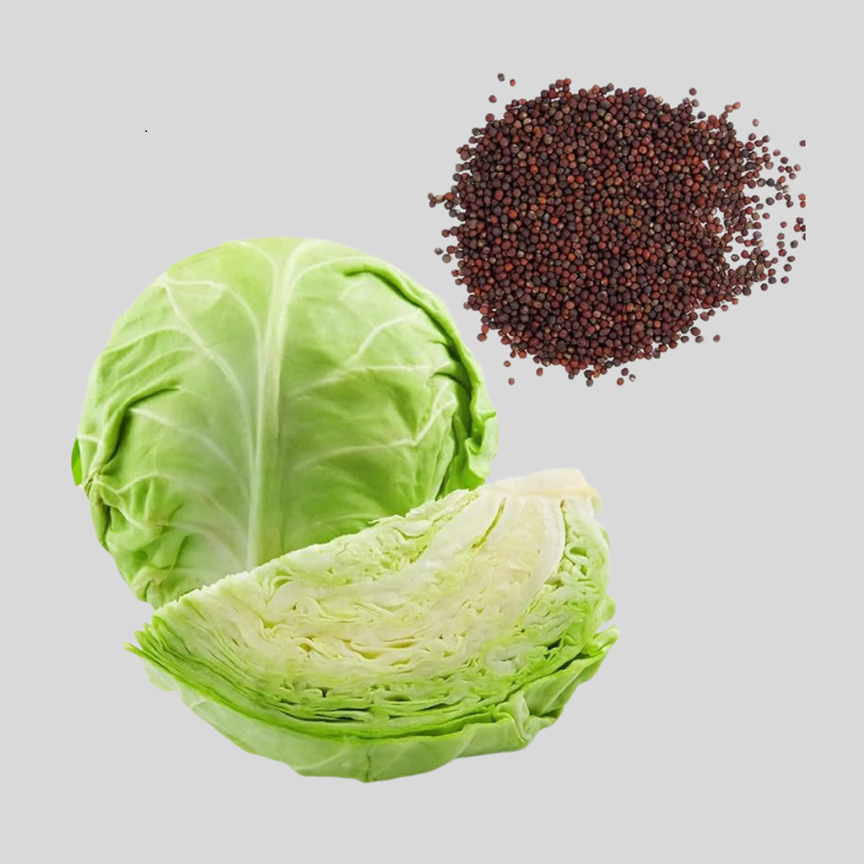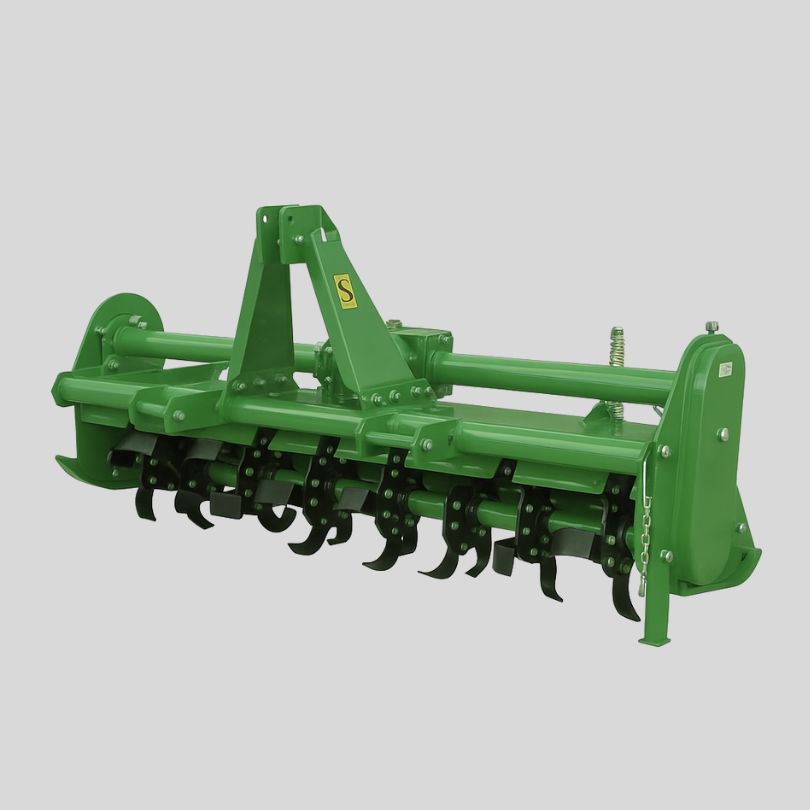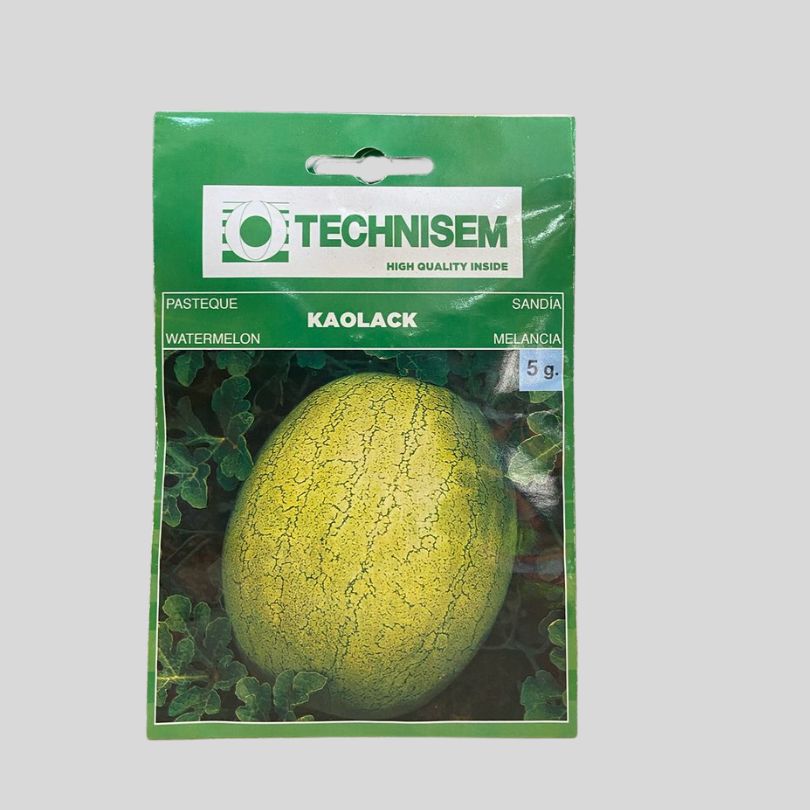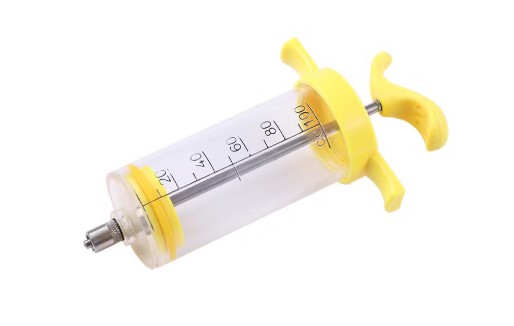Description
A veterinary needle is a specialized medical instrument used in animal health care for administering medications, vaccines, fluids, or drawing blood from animals. It is an essential tool in the agricultural and livestock industry, supporting animal health, disease prevention, and treatment in a wide range of species, from small domestic animals like dogs and cats to large livestock such as cattle, horses, pigs, sheep, and goats.
Veterinary needles are designed to meet the unique demands of animal care, differing in size, gauge (thickness), and length to accommodate the varying anatomy, skin thickness, and tolerance of different animals. The needle’s gauge typically ranges from very fine (e.g., 22 or 25 gauge) for small animals or delicate injections to thicker (e.g., 16 or 18 gauge) for large animals and viscous medications. Lengths also vary, with shorter needles used for subcutaneous or intradermal injections and longer ones for intramuscular or intravenous use.
These needles are usually made from high-grade stainless steel to ensure strength, sharpness, and resistance to corrosion. They are often used with syringes but can also be part of specialized equipment like automatic syringes or vaccination guns, especially in high-volume livestock operations. Many veterinary needles are disposable and sterile, intended for one-time use to minimize the risk of infection, disease transmission, or cross-contamination. However, in certain field conditions, reusable needles may be employed with strict sterilization practices.
Veterinary needles serve several key purposes in agriculture:
Vaccination: Preventing diseases such as foot-and-mouth disease, rabies, or brucellosis.
Medication delivery: Administering antibiotics, dewormers, or anti-inflammatory drugs.
Fluid therapy: Rehydrating animals, especially in cases of heat stress, illness, or transport shock.
Blood sampling: For diagnostic testing, health monitoring, or disease surveillance programs.
Proper use of veterinary needles is critical for both animal welfare and handler safety. Incorrect gauge or technique can cause injury, pain, or ineffective treatment. Therefore, veterinarians and farm workers are trained in injection protocols, animal handling, and biosecurity measures to ensure safe and efficient use.
In recent years, advancements in veterinary needle technology have focused on precision, animal comfort, and ease of use. Innovations include ultra-sharp bevel designs for reduced tissue damage, color-coded gauges for quick identification, and safety-engineered needles to reduce accidental needle-stick injuries among users.
